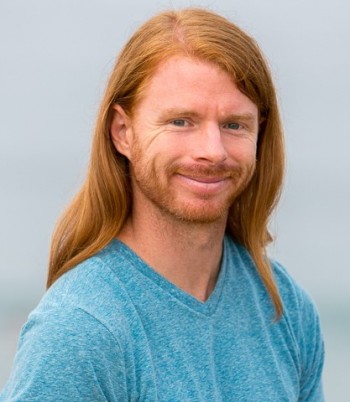January is one of the most popular times of the year to detox. We asked Emma Lane to give practitioners eight things to consider when tackling detox with their clients.
Q: What signs should practitioners look for that a client could benefit from a detox?
Emma Lane: General signs are fatigue, weakness, elevated blood cholesterol, bloating or oedema, whilst specific signs for systems in regards to the bowel are – halitosis, bitter taste in the mouth, fatty stools, constipation or diarrhoea and intolerance to fatty foods.
In regards to the immune system – food allergies, skin issues or asthma; and hormonally – stress, infertility, PMS or being overweight are all tell-tale signs that a client needs to detox.
Q: What is the ideal duration of a detoxification programme?
Emma Lane: This is very dependent on the person, their current level of wellbeing and health, what their overall energy reserves are and the type of cleanse that is being recommended.
The actual overall period of time for a detox could vary from ongoing supportive good lifestyle choices, that can go on forever, to a one-day juice and bone broth fast that will just help give the body a rest and a bit of a clean out, or a specific practitioner-led cleanse that could last from days to weeks.
Q: What are the common factors that result in someone needing detoxification?
Emma Lane: Basically poor lifestyle can create many problems in our body’s overall optimal function. Clients can have raised stress levels, a diet that is high in sugar or poor quality fats and processed foods, a lack of exercise and so on, which will affect the delicate balance of the body’s systems and can lead to congestion or sluggishness in the detoxification pathways.
We misuse medications, antibiotics, and hormonal medications such as the oral contraceptive pill, we have poor digestion and poor bowel movements so we have not got adequate elimination of toxins through the digestive tract and via our liver and kidney functions. All these things will contribute to increased levels of toxicity.
Q: What dietary and supplemental measures can be taken to help support detox?
Emma Lane: There are many, many things to consider but at the most basic level the ideal strategy is to get the client to make better lifestyle choices, which remove or reduce the things that are creating overload within the system.
Food is an easy place to start. Eating appropriate levels of fresh fruits and vegetables, especially cruciferous vegetables, broccoli, kale and cauliflower is key. Also include foods which are good sources of glutathione or help to produce it, such as asparagus, watermelon, broccoli and papaya. Include bitter foods within the diet like dandelion greens, bitter melon and mustard greens.
Q: What about fluids?
Emma Lane: Making sure that people are drinking the appropriate levels of water is of course important. An easy guide is to take a client’s body weight in kilograms and multiply by 0.033, this will give you the litres that they should drink per day.
Having a fresh hot lemon drink first thing in the morning before food is another easy tip to share with clients, as this will help give a little clear out and support the liver.
Q: Any other easy detox tips for clients?
Emma Lane: A few simple steps include: avoiding damaging fats, eating organic foods as much as possible and avoiding processed foods. Basically avoiding any artificial flavourings, preservatives and ‘e numbers’. Keep alcohol intake very low. Clients can also try things that will help with passive detoxification, like skin brushing, infrared saunas and improving lymphatic system function via regular ‘pumping’ exercise.
Q: What about nutritional support?
Emma Lane: In regards to nutritional support, things like silymarin which is found in milk thistle will protect the liver and help to regenerate liver cells. It doesn’t help with detoxification itself but it helps with the overall health of the liver. Making sure you are getting enough antioxidants that support the liver is important, as are amino acids. So ensure the client’s protein intake is sufficient. If they have a digestive challenge, especially in regards to reduced levels of hydrochloric acid, then the client will not be breaking the appropriate proteins into amino acids and therefore being able to use them for the liver detoxification.
In regards to detoxification in general you want a good mix of nutrients coming in for phase one and phase two which will be B vitamins, folic acid, glutathione, antioxidants, branch-chain amino acids, carotenoids etc.
Q: From a safety point of view, what should practitioners be looking out for?
Emma Lane: For safety, ultimately it is making sure that you have got the appropriate nutrients coming in, whether from a supplemental source or a dietary source, that will support the phase two (conjugation) before up-regulating phase one (cytochrome p450 enzyme), so that you don’t create more reactive oxygen intermediates that can be more damaging than the initial toxins that the liver was breaking down.





